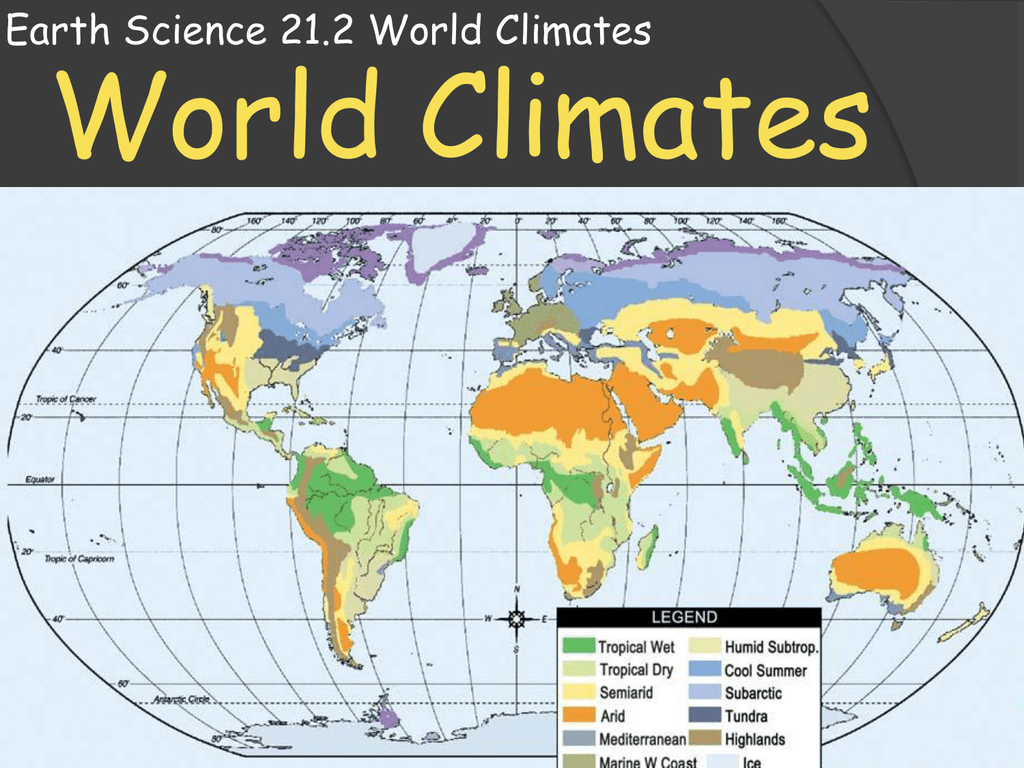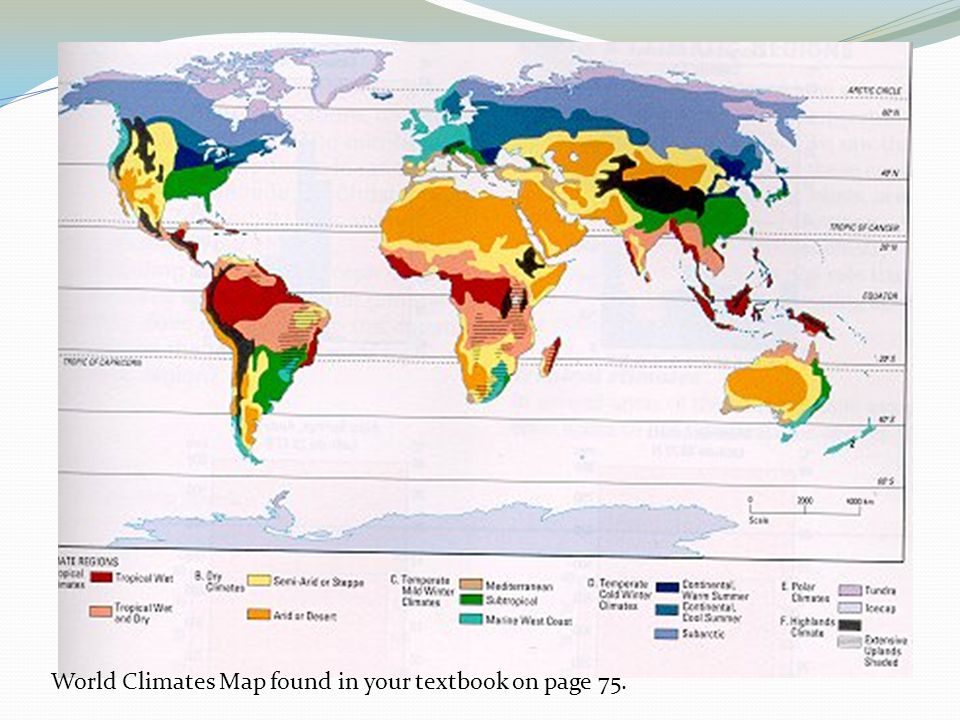The Ultimate Guide to Weather and Climate
Cahill 2015 Using this information, in the late 1800s and early 1900s a German climate scientist called Wladimir Koppen divided the world’s environments into categories. His classifications were based upon the temperature, the quantity of precipitation, and the times of year when rainfall takes place. The categories were also affected by an area’s latitudethe fictional lines utilized to measure our Earth from north to south from the equator. Today, environment researchers split the Earth into roughly five primary kinds of environments. They are: In this hot and humid zone, the average temperatures are higher than 64F (18C) year-round and there is more than 59 inches of precipitation each year.

In this zone, there are generally warm and humid summertimes with thunderstorms and mild winter seasons. These regions have warm to cool summertimes and really cold winter seasons. In the winter, this zone can experience snowstorms, strong winds, and extremely cold temperaturessometimes falling listed below -22 F (-30 C)! In the polar environment zones, it’s very cold. Even in summer season, the temperatures here never ever go higher than 50F (10C)! This is roughly where those climate zones appear on a globe: Distance to the equator is only one part of an area’s environment. Things like the movement of the oceans and Earth’s tilt and rotation likewise impact how weather condition patterns move around the world.
The 10-Second Trick For Weather
The additional climate zone, labeled “H” on this map, is an unique zone called the highlands. The highlands environment zone is characterized by weather that differs from the surrounding area due to the fact that of mountains. Credit: NOAA (customized) Environment zones can be beneficial for gardening and farming. Plants grow finest in the climate conditions that are discovered in their native community. For instance, if you wish to plant an apple orchard in your yard, you must first examine to see which ranges of apples are a good match for your region’s environment. This is called a Plant Hardiness Zone map. It’s a particular kind of climate zone map that can help you determine what type of plants will survive in your garden.

Nevertheless, they also gather details that assists us monitor a region’s climate with time. For instance, satellites in the GOES-R seriesshort for Geostationary Operational Environmental Satellite-Rcan keep an eye on the sea surface area temperature and the Gulf Stream, a powerful present in the Atlantic Ocean. Both of these things can influence an area’s climate. In addition, the temperature level of the land becomes cooler during the night, and there are modifications in the quantity of clouds. The GOES-R series satellites monitor cloudiness and land surface temperatureinformation that assists scientists to understand how the distinctions between day and night can affect a region’s climate. Satellites in the Joint Polar Satellite System (JPSS) can likewise supply information on distinctions in between day and night.
Fascination About World Climates
As the satellite orbits from North Pole to South Pole, it captures observations in the afternoon on one side of Earth and observations of the morning on the other side of the planet. While JPSS orbits, the satellites offer worldwide observations of lots of other variables that influence climate such as atmospheric temperature and water vapor, snow and ice cover, greenery, sea and land surface temperature, precipitation and more. These add essential info to our records of regional distinctions in Earth’s climate.

Stats of climate condition in a given region over extended periods Environment is the long-lasting average of weather, normally balanced over a period of 30 years. More carefully, it denotes the mean and irregularity of meteorological variables over a time spanning from months to millions of years. A few of the meteorological variables that are typically determined are temperature level, humidity, air pressure, wind, and rainfall. In a broader sense, climate is the state of the elements of the climate system, that includes the ocean and ice on Earth. The environment of a location is impacted by its latitude, terrain, and elevation, in addition to neighboring water bodies and their currents.
The World Climates Statements
The most frequently used classification plan was the Kppen climate classification. The Thornthwaite system, in usage because 1948, integrates evapotranspiration together with temperature level and rainfall details and is used in studying biological variety and how environment modification affects it. The Bergeron and Spatial Synoptic Category systems concentrate on the origin of air masses that define the environment of an area. Paleoclimatology is the study of ancient environments. Given that extremely couple of direct observations of environment are readily available prior to the 19th century, paleoclimates are presumed from proxy variables that consist of non-biotic proof such as sediments found in lake beds and ice cores, and biotic proof such as tree rings and coral.
Leave a Reply